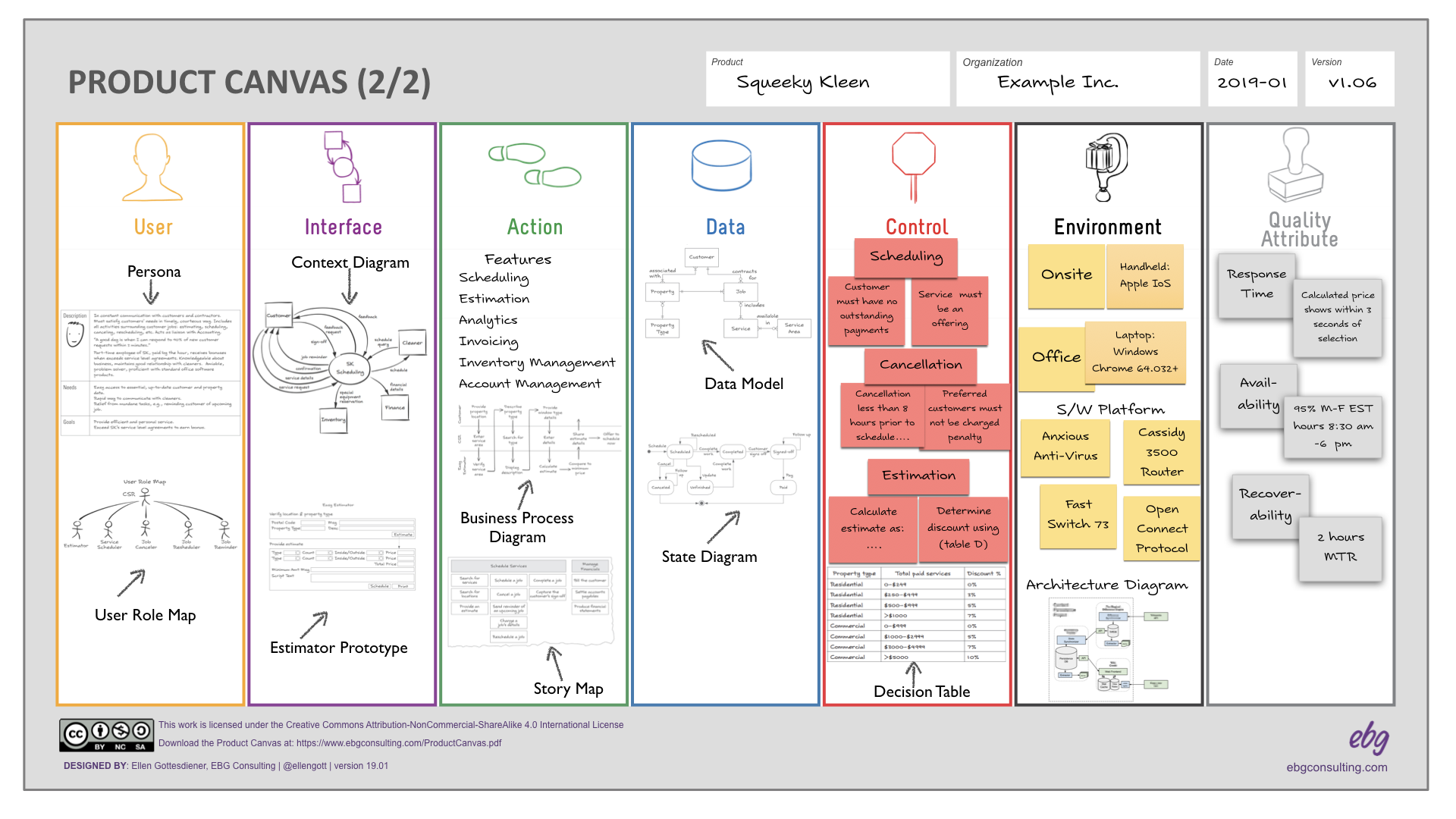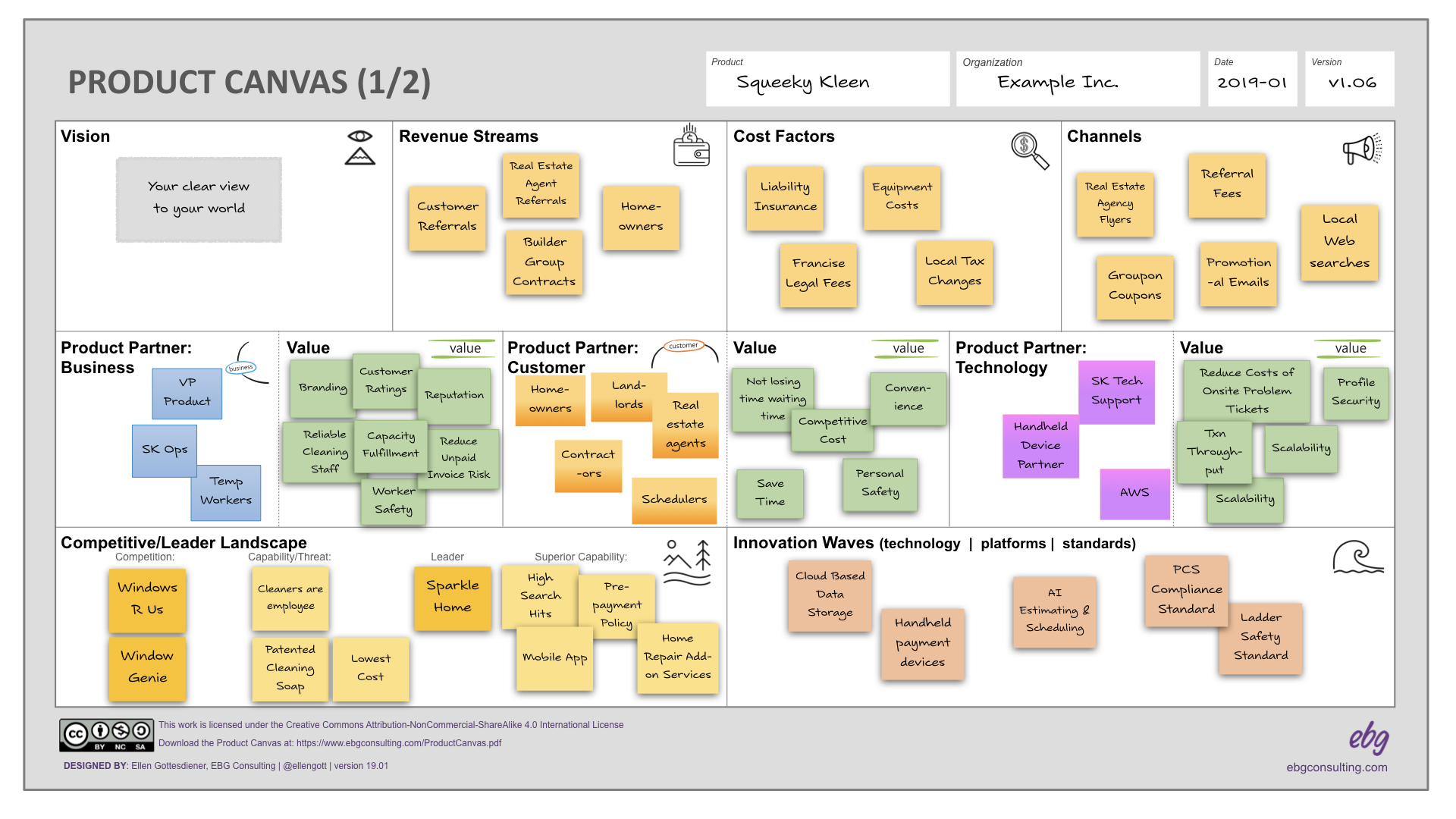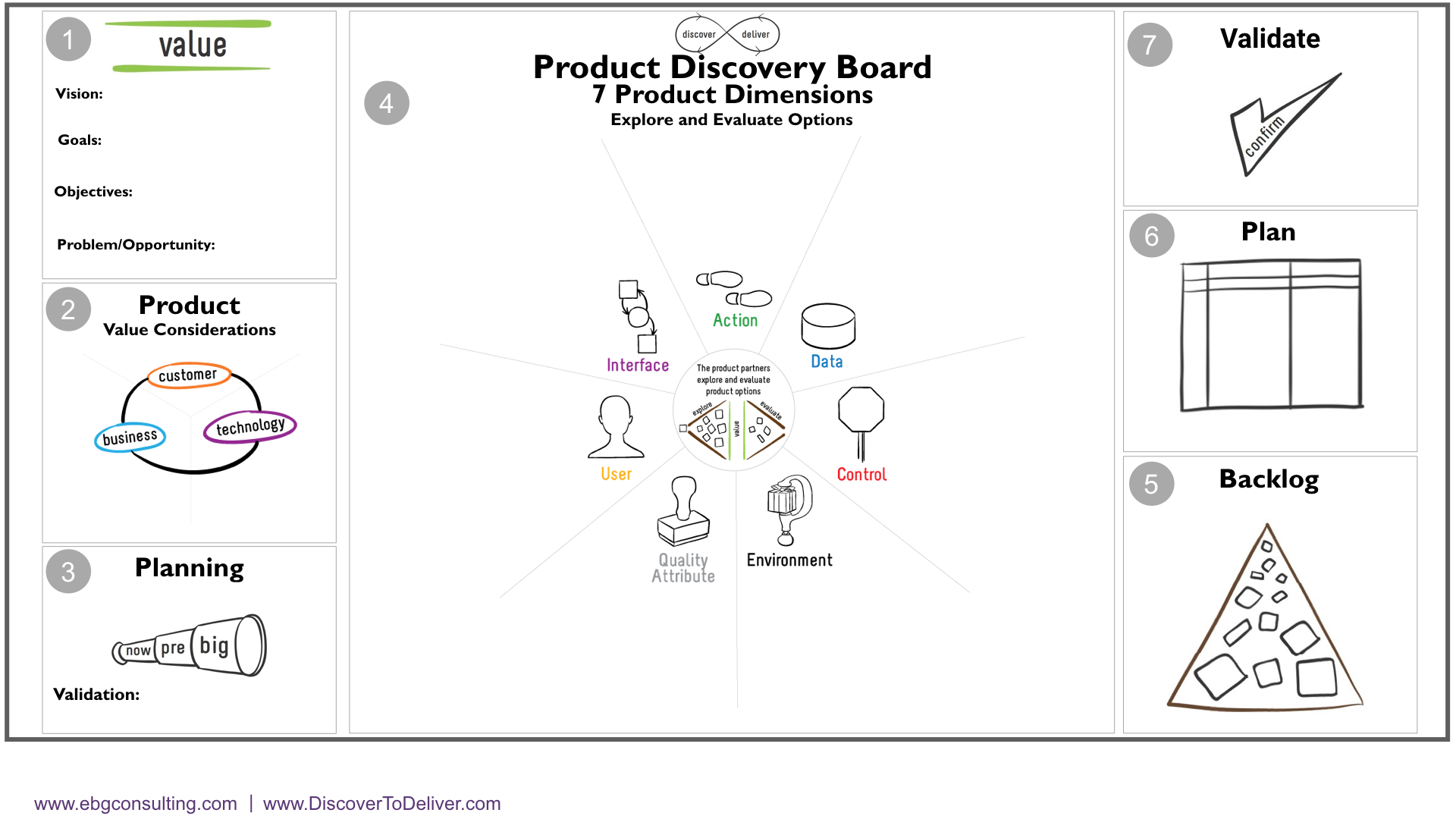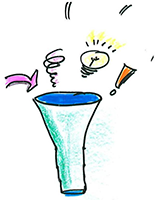Workshop by Design Canvas: Making Collaboration Work
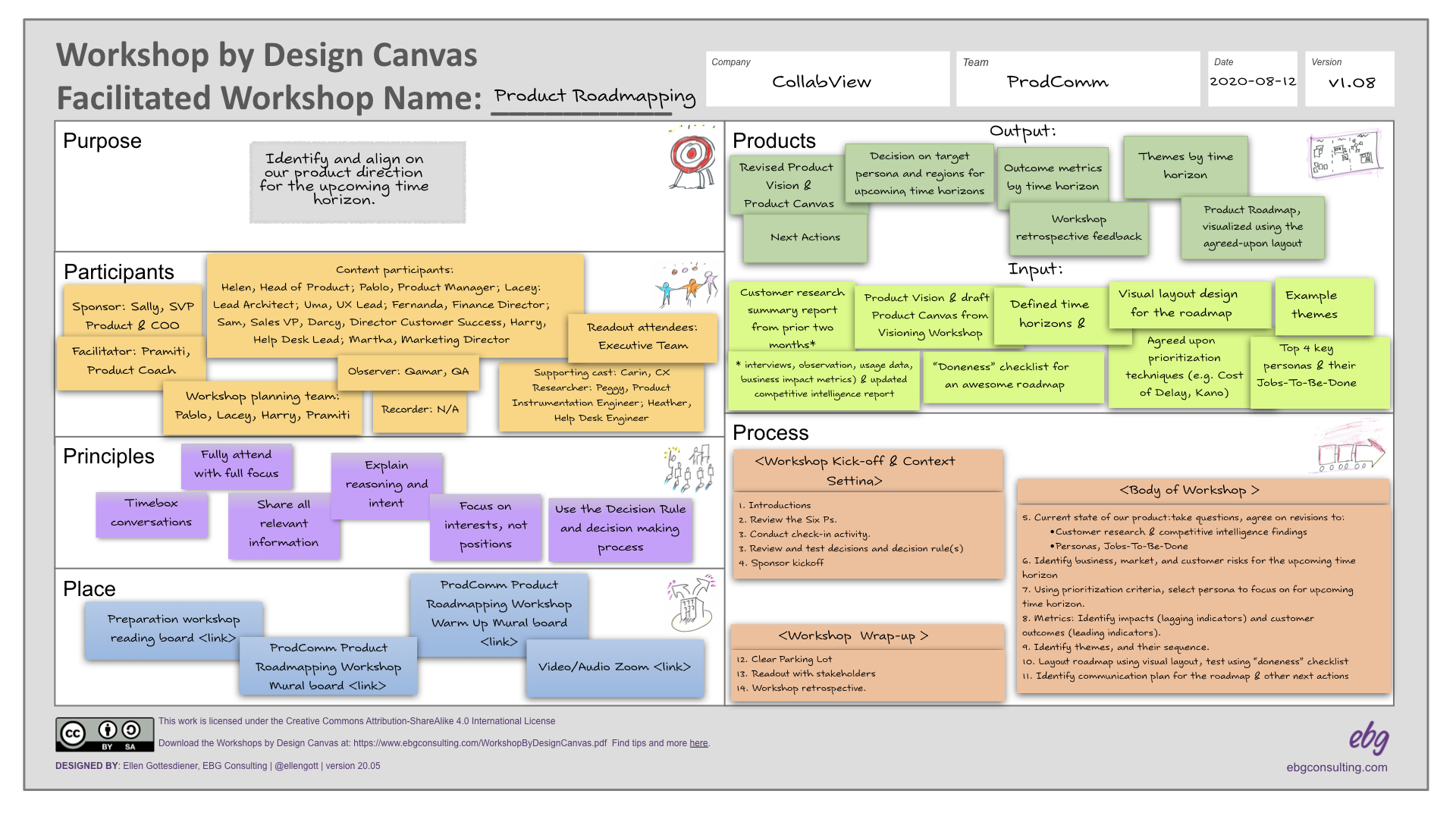
The heart of successful product management and product development is a collaborating community of team members operating with shared goals, mutual trust, and learning mechanisms for evolving products and processes. I have found one of the best ways to create a healthy product community is with facilitated workshops.
Continue reading

